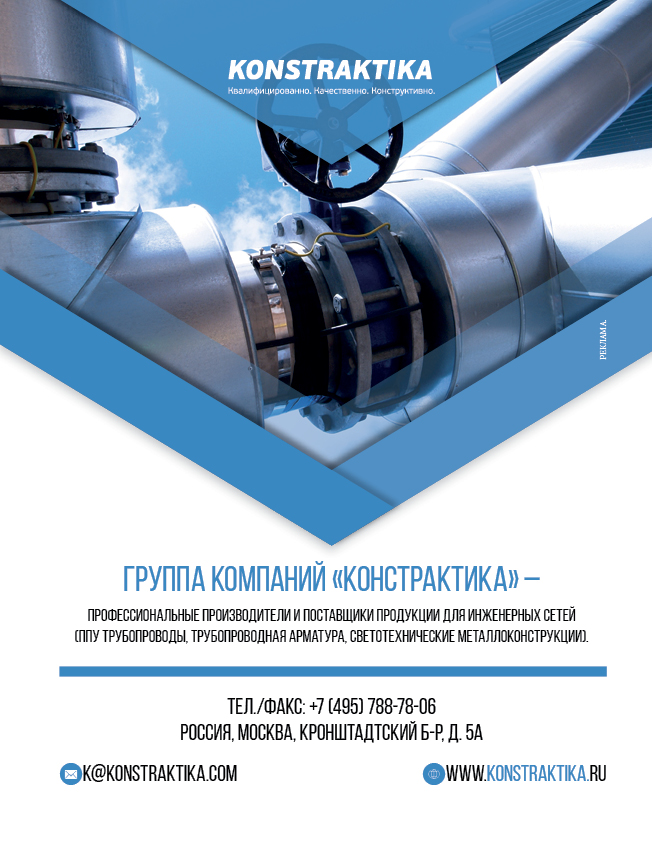This year 2020 continues to amaze with the scope of events. Against the backdrop of major bad weather, many local disasters are already lost in the information flow. So, against the backdrop of the general interest in the protests in the United States (which forced urbanists to talk again about ways to reduce conflict in urban spaces), a series of man-made disasters passed almost unnoticed in Russia. And if we wrote about the possible causes of the accident in Norilsk this winter (describing the possible consequences of global warming and the deterioration of Soviet infrastructure), then the problem of the collapse of the bridge in the Murmansk region, as a result of which in June 2020 a whole region of Russia was cut off from the rest of the country. Maxim Kirsanov, a special correspondent for the Gorproekt magazine, talked to leading bridge builders in Russia and found out the causes of the emergency and ways to prevent it.
Life in conditions of continuous emergency
A large railway bridge across the Kola River on the Vykhodnoy-Murmansk section collapsed on June 1 as a result of a severe flood. According to preliminary estimates, the powerful pressure of the river, which rose more than 4 meters above the ordinary, moved the support, built in the 1930s at an insufficient technical level by today's standards. As a result, Murmansk was cut off from the main part of the federal roads and from its ports. More than a hundred years after its founding, Russia's largest polar city faced problems that led to Russia's defeat in World War I, when the Western Allies could not supply enough aid due to lack of roads. The situation was aggravated by the fact that Murmansk was just restoring an active economic life after the epidemic, which hit hard on the largest investment facility being built in Belokamenka. During June, the movement of people and goods was restored, but who guarantees that the situation will not happen again?
An unbiased look at the statistics of bridge collapses in Russia in recent years is impressive. Only in the first months of 2020, there were 5 cases of bridge collapses. In 2019, such incidents occurred ten times with the widest geographical coverage: from Primorye and Blagoveshchensk to Orenburg, Volokolamsk and Pskov. And in 2018, almost 20 transport structures intended for road and rail transport were destroyed to one degree or another. And taking into account pedestrian bridges, the number of collapsed bridge structures exceeds, according to experts from Russian Railways Partner, more than a hundred bridges, overpasses and flyovers. Indeed, it seems that even before the pandemic, some higher powers began to divide countries, building bridges in dozens of regions. Of course, more bridges are being built than they fall, but construction is the norm, and every emergency is a tragedy, and only by a lucky chance no one was hurt, as happened in other countries: for example, in Italy (where 40 people died in Genoa), the USA (where in Miami five people died under a 1000-ton footbridge), in China (where dozens die every year in similar circumstances), Colombia, the Czech Republic, Brazil and other places. As we can see, no one is insured.
The bridge does not have to be very old and out of date (the youngest of the collapsed was not even 10 years old). Unfortunately, even mandatory repairs do not always help - so the bridge that collapsed into the Kola River in the Murmansk Region underwent reconstruction and the state. examination in 2014 - by the standards of his age, almost "yesterday". Fortunately, in our rational age there is still a way out - including without the involvement of additional clouds of officials and “inspectors”, who, as Putin aptly puts it, are able to stop any construction (and, as we see, do not always prevent an emergency). As recent years have shown, an effective solution to prevent disasters has been the introduction of bridge sensors, which around the clock with the help of modern software control vibrations and other variable indicators of the bridge's "life activity". Such sensors are installed during the construction of supports and installation of spans of modern bridges. The demand for this technology has allowed more than a dozen research teams to develop their practical activities. Among the market leaders is the St. Petersburg Scientific and Technical Center "Monitoring of Bridges", which includes not only control over the serviceability of the majestic historical drawbridges of Northern Palmyra, but also active work throughout the country: from access roads to the Vostochny cosmodrome to the Krymsky bridge" across the Kerch Strait.
In total, the company has over a hundred objects on its account. For comparison, checking the bridge in the traditional way, through at least a light repair, is associated with a lot of restrictions, primarily the inability to block the transport arteries of large cities.
Such a huge holding as "Mostotrest", which is located in St. Petersburg, manages to carry out work on 30-40 bridges out of 417 "observed" crossings of the city in a year.
Good to build now or rebuild later
As a study of international experience, especially in countries with seismic activity or strong hurricanes, has shown, there are many methods to significantly increase the strength and wear resistance of bridges, especially with such active use as cargo transportation. We are talking primarily about metal-beam and rubber-metal "expansion joints", which reduce horizontal loads, especially seasonal ones. Another know-how that has made its way to Russian construction sites in recent years has become bearing parts - special devices that reduce vertical loads and wear of bridge spans. One of the pioneers of this technology in Russia was the specialist of the PromStroyKontrakt Group of Companies - Evgeny Krivtsov, who rightly drew the attention of the expert community that relatively inexpensive spherical bearing parts (movable and fixed type), peculiar elastic gaskets between the spans and supports protect the main structures of overpasses and overpasses standing a thousand times more. The success of the technology allowed it to spread beyond purely bridge structures.
Thus, the bearing parts produced by the Shuttering Systems Lipetsk plant were effectively used not only at most sections of the Central Ring Road, MCD, but also at FIFA stadiums, at the airports of Saratov, Adler and many others, up to the new Domodedovo and Sheremetyevo terminals.
These technologies turned out to be relevant not only for new construction, but also for major repairs, when with the help of modern domestic formwork, bulk scaffolding, bearings, prestressing and other methods that were not available in Soviet times, old bridges, in fact, are rebuilt anew - often parallel to old structures, which helps prevent traffic collapse, especially in the center of large cities. This was done in Yekaterinburg in 2018 with the grandiose arched Makarov Bridge, whose impressive forms were faithfully reproduced using a modern Russian I-beam manufactured by EcoStroyProject (successful experience has allowed the company to export its equipment now for export to a large number of countries from Helsinki to Dubai). In 2019, similarly, the Dobryninsky Bridge in Yaroslavl was first dismantled and then completely assembled from new materials. In 2020, the transport network of Cherepovets is being created in a similar way (even money from the National Wealth Fund was allocated for this) and dozens of other large Russian cities. As a rule, in addition to direct strength and safety, such a reconstruction allows you to increase the number of lanes, ramps and interchanges. Very often, new bridges – for example, the planned bridge over the Helena Island in Vladivostok or the bridge over the Lena in Yakutsk, have the potential to fundamentally change the accessibility of regions and reduce the cost of freight transportation across the country. The combination of these and other bridge building know-how makes it possible to understand why the number of bridge collapses in Russia is still impressive, but has been declining year after year. This is especially important in the context of grandiose bridge-building plans. Even during the crisis caused by the pandemic, the construction of new bridges continued in 46 regions of Russia. In many cases, the construction of new bridge systems should give new impetus to the entire region. So in Murmansk, in the conditions of the collapse of one bridge, work was accelerated on a grandiose project of a multi-kilometer route on flyovers across the Tuloma River to the Lavna terminal. The length of only the main part of the bridge will be 1313 meters, a seamless railway track will be laid along it. The construction rests on a powerful foundation - 2846 cubic meters of monolithic concrete were laid at the base of the supports, another 17 thousand cubic meters were spent on giant supports. “The highest point of this bridge from the water level will be 54.7 meters,” says Igor Nak, General Director of Yamalotranstroy, describing the project, inspecting the PSk-CUP and Classik formworks used on the project. Such a high bridge had to be built because of the height difference - the eastern bank of Tuloma is low, the western one is rocky. “I will imagine an electric locomotive driver who will go over the bridge straight into the sky.”
The successful launch of such a project will make it possible to create a new transport hub in the north of Russia and significantly increase the extremely profitable export of goods by the Arctic sea route. But even if we ignore the economic component, it will be at least beautiful. However, some still know how to take your breath away.
If we recall the period of the highest heyday of the Russian Empire, it began after the construction of the Nikolaev railway, which included more than 200 bridges, and reached its zenith during the construction of the Trans-Siberian Railway (still according to the Guinness Book, this is the longest railway in the world with the largest number bridges in the composition). Who knows, perhaps in the 21st century a new flowering of our country will begin with bridge construction.


 DOWNLOAD
DOWNLOAD LOOK
LOOK
 Top Content of the Month
Top Content of the Month


